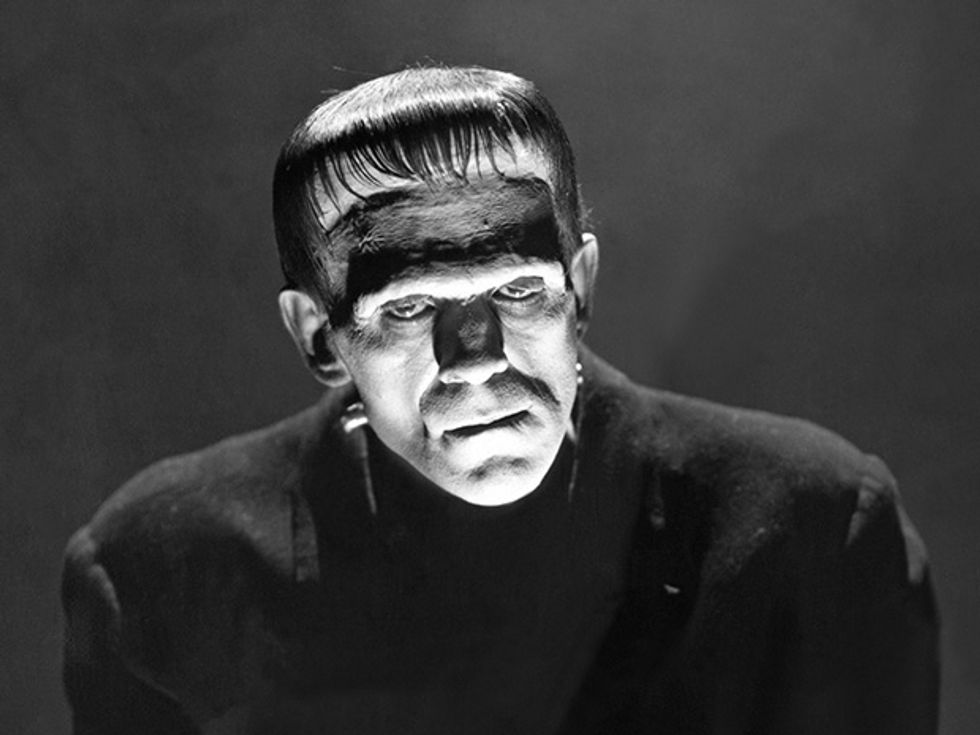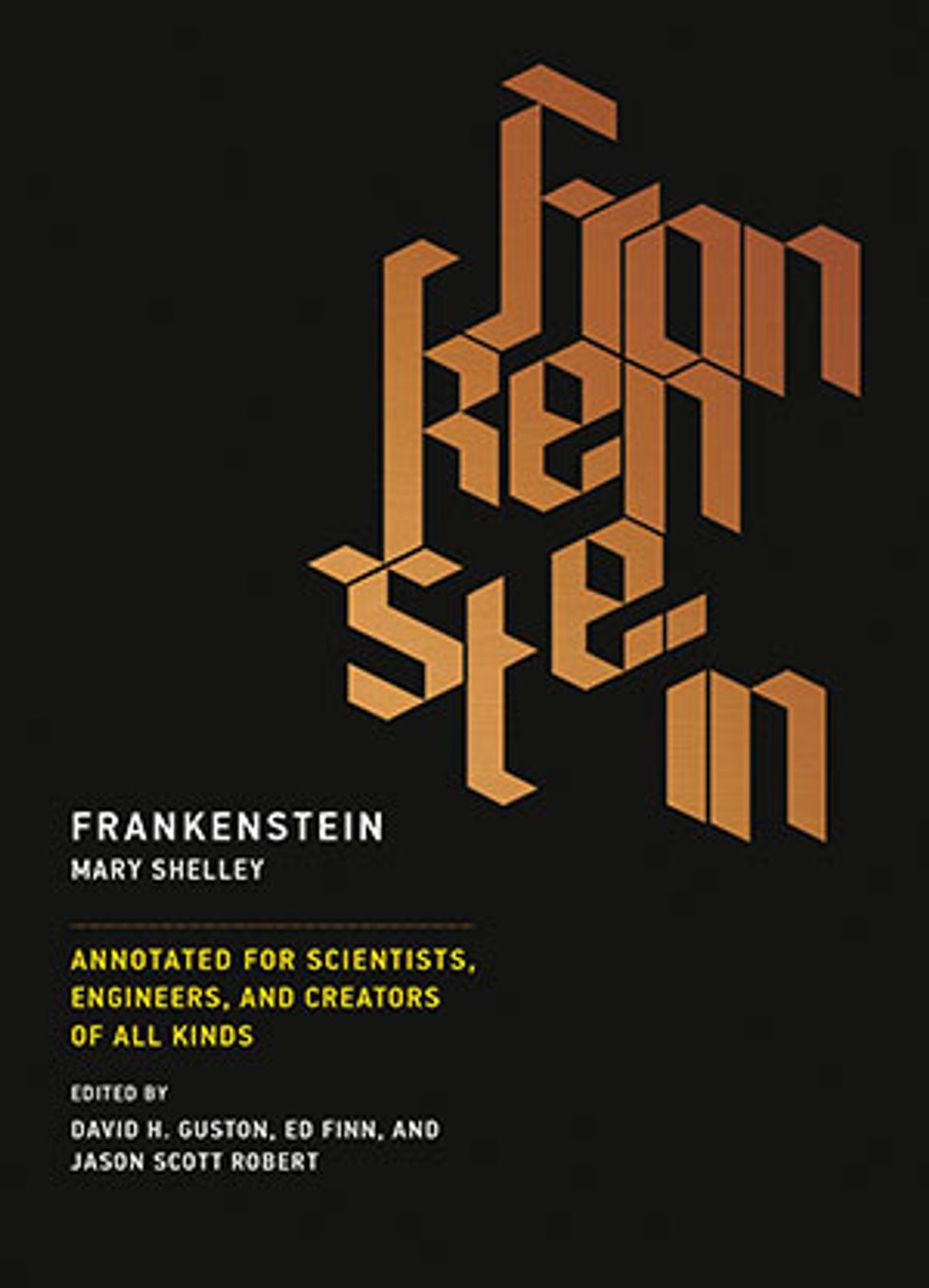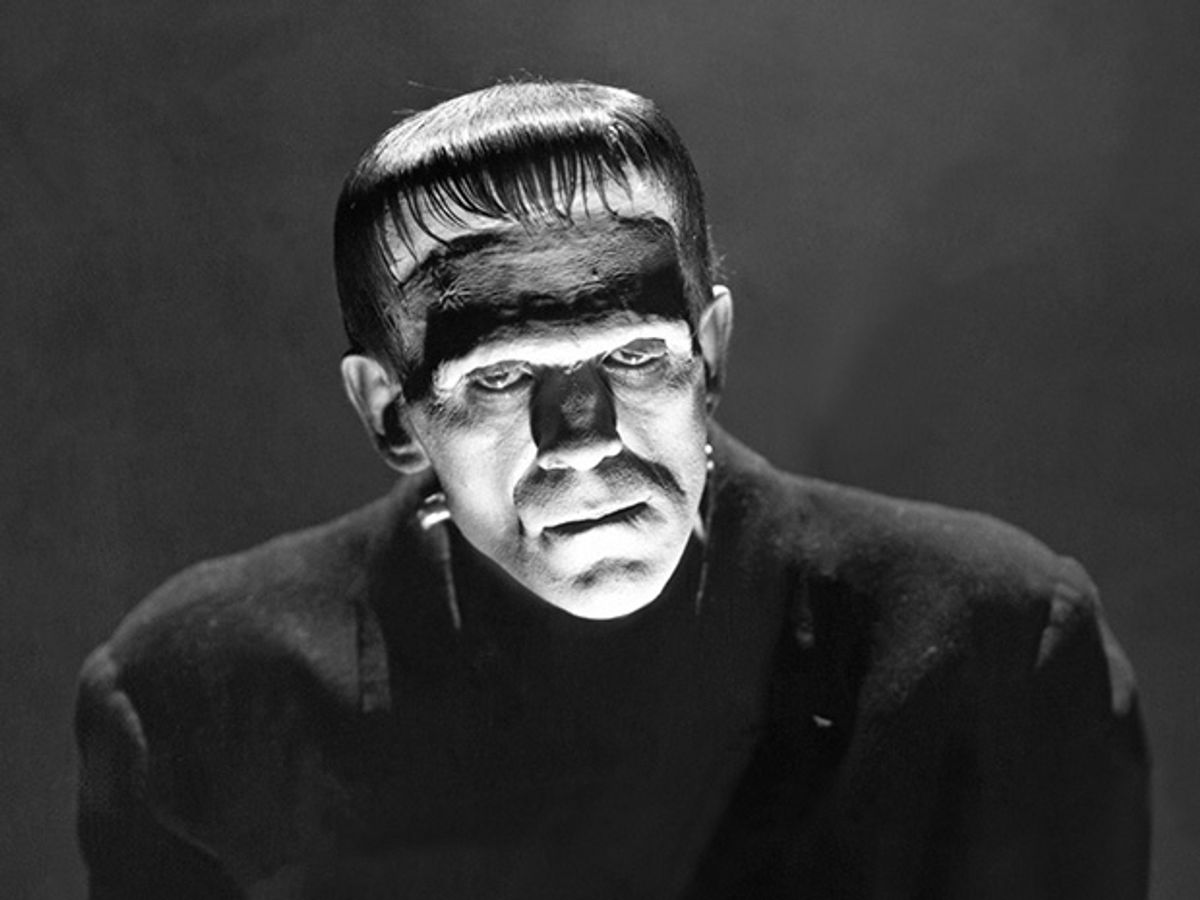
When a designer of smartphone cases made a Frankenstein Monster model for the Samsung Galaxy Note 7, the company eerily presaged the fate of what has become the most notorious digital device of the decade. Banned from airplanes and the source of sundry injuries because of a penchant for bursting into flames, the Galaxy 7 deserves to be studied by engineers for lessons about responsible practice.
Samsung discontinued the phone in October 2016 and—at least publicly—has never given a comprehensive explanation as to why the doomed phone produces so many infernos. The mystery serves as a reminder that failure has much to teach engineers—and so does Frankenstein; or, the Modern Prometheus, the prescient 1818 novel by English author Mary Wollstonecraft Shelley.

This year is the 200th anniversary of Shelley’s completion of her novel, in May 1817. Her scenario is simple: A man creates a living being, which, grown monstrous, turns on its creator. The experience of the fictional Victor Frankenstein, who used electricity to give life to an inanimate body, shows how the best intentions can lead to unintended consequences that mock and imperil creators.
To highlight the value of engineers confronting “the fundamental questions of creativity and responsibility,” MIT Press will issue in May 2017 a new edition of Frankenstein, specially annotated to illuminate the challenges facing technologists. “Mary was not a Luddite opposed to new technologies,” writes the late Charles E. Robinson, a Shelley scholar, in his lucid introduction. Not only was she tutored in contemporary understandings of electricity and biomedicine, she grasped the risks of acting on “forbidden knowledge and playing God,” Robinson writes.
While engineers and computer scientists don’t design and build live, walking, talking monsters, they do create devices that have the qualities of living things. Who has not mistaken the synthesized speech of a networked computer for an actual person? Who hasn’t received emails from a bot and thought, Isn’t that person nice?
Digital networks don’t literally have eyes and ears, but they now hold over us the power of life and death. Many medical procedures depend on the accuracy of digital instruments. So do our electricity systems, commercial airplanes, subways, and of course, the Web. Every minute of every day, in short, the specter of a digital Frankenstein monster looms.
In Shelley’s novel, the chemist, Waldman, issues a similar warning, insisting that technologists “have acquired new and almost unlimited powers; they can command the thunders of heaven, mimic the earthquake, and even mock the invisible world with its own shadows.”
Today, few would dismiss this assessment. What then can engineers do to reduce, if not eliminate, the chances of unwittingly creating a Frankenstein monster? Here are a few ideas:
- Resist the temptation to pursue projects simply because they are beautiful or too cool to resist. As the philosopher Heather E. Douglas explains in a companion essay in the new MIT edition of the novel, creative engineering often inspires feelings of awe and wonder that can obscure or erase an awareness of design challenges. When euphoria reigns, stop and take a breath!
- Technologists do best when they solve problems of value to people and the planet. Pursuing possibilities without regard to utility invites unforeseen blowback.
- Engineers should act as if creation is a shared responsibility, because their knowledge at least partly comes from others and the effects of their work inevitably extend further than themselves.
These dictums are easier theorized than put into practice, so let’s give the last words to Mary Shelley, whose sense of complexity still impresses us. “Invention,” she wrote in an introduction to the 1831 revised edition of Frankenstein, “does not consist in creating out of void, but out of chaos.” For their own benefit, inventors must “give form to dark, shapeless substances.”
About the Author
G. Pascal Zachary is a professor of practice at Arizona State University’s School for the Future of Innovation in Society.
This article appears in the February 2017 print issue as “What Frankenstein Can Teach Engineers.”
G. Pascal Zachary is the author of Vannevar Bush’s biography, Endless Frontier: Vannevar Bush Engineer of the American Century (Free Press, 1997), and the editor of The Essential Writings of Vannevar Bush (Columbia University Press, 2022). He has taught at Stanford University, UC Berkeley, and Arizona State University.



